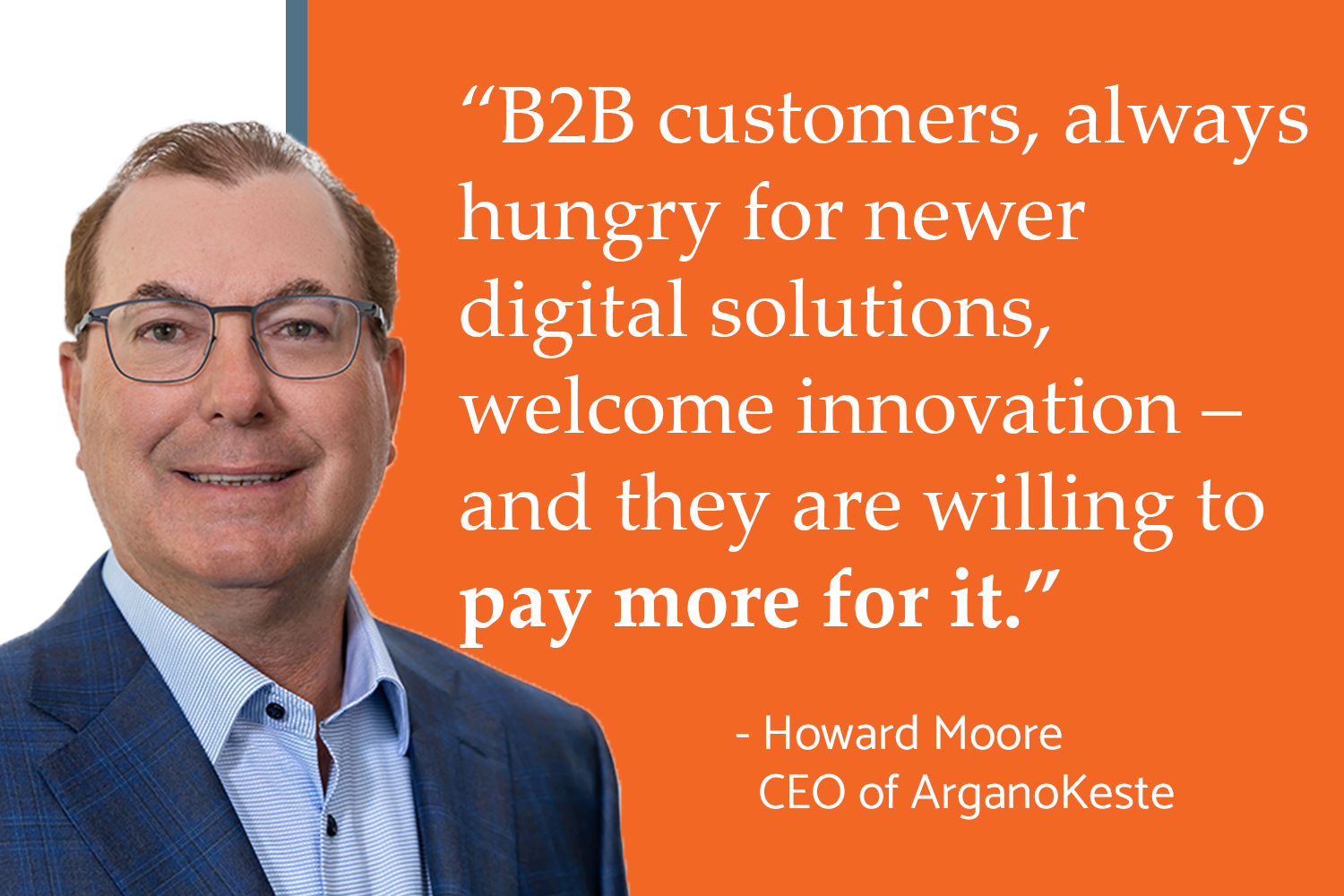Do you speak Cloud? If not, you better start because the cloud is truly one of the fastest growing places to work in technology. But really, what is this mysterious thing and why is it so important?
At the most basic level, cloud computing is internet-based computing on demand. While it has actually been around for over 20 years the usage is now growing so fast that, according to a recent survey by Logic Monitor, 83% of Enterprise workloads will be in the cloud by 2020 (and most of the growth will be in public cloud). Think about it… Every app that you use on any mobile device is internet-based and most likely via cloud including Facebook, Instagram, Pinterest, Pandora, and Spotify. The more you – the customer – goes mobile, the more business are realizing cloud potential for running their business software.
Cloud Computing for Success
If you do a quick internet search for Cloud management benefits you’ll find site after site, article after article, benefit after benefit. But all of these can really be narrowed down to just three areas of benefit: strategy, reliability, and efficiency. Let’s explore.
Strategy
The highly cost-effective cloud puts the competitive landscape on a level playing field for small and large businesses. Operating on massive economies of scale, using variable (not capital) expenses, the flexible cloud architecture lets businesses be responsive to changes in their own needs or those of their markets without committing to the expense or responsibility of owning new hardware. No lie; with the cloud you have maximum flexibility at lower costs. With a subscription-based, pay-for-what-you-use model, the total cost of ownership (and responsibility) goes down while the company retains access to a modern architecture. What else happens? Smaller businesses now have access to the same technology as larger companies at the same moment, boosting their ability to compete. Collaboration increases as data and resources can be easily shared between teams at far-flung locations.
- Increased collaboration due to easily shared resource
- Unlimited storage capability (leading to a variety of possible applications)
- Cloud creates a more equalized competitive playing field with economies of scales and possibility of collaboration
Reliability
Companies that still own and manage their infrastructure often find themselves with faulty hardware, overloaded servers, or misconfigured devices which cause unacceptable downtime. Cloud systems, however, have infinite storage capabilities and dynamic positioning. This means that there is always network available for both mission-critical and support functions. In addition, workloads can automatically shift when one resource fails or re-allocate their load across devices to avoid bottlenecks. To go still one step further, being able to provision and maintain a network design with high redundancy allows patches and upgrades to roll out automatically without disrupting any processing. Your in-house IT staff is free to focus elsewhere.
- The cloud has infinite storage capability and dynamic positioning: no bottlenecks!
- Automatic upgrades and patches without disrupting any processing
- Frees your in-house IT to focus on other projects
Efficiency
Because provisioning more network resources is easy and cost-effective using a cloud-based model, companies can be much more responsive to changes in their own needs or in the needs of their market. There is no need to wait or to commit to the huge expense and responsibility of owning new hardware. This same elasticity of infrastructure also provides opportunities for smarter and faster development, empowering internal IT teams to quickly spin out or decommission new development, text, and work environments that won’t risk anything in an actual production. Needless to say, this ability to conduct value-added research, analysis or development is a significant benefit.
How else to be more efficient? Well, cloud-based applications and data are available 24/7 from any device, as long as there is an internet connection. Data is secure, backed by a proactive, scalable disaster recovery plan.
- Accessible 24/7 from any internet capable device
- Scalable disaster recovery plans
- Ability to create development, test, and work environments without risking anything in actual production. Unlimited space and power to create at low cost!
Time to Move
In summation, businesses are increasingly realizing the cloud potential for running their software. In fact, I’ll bet that most of your existing business applications already have a cloud capability. When combined with the controlled risks and immediate benefits described above, there is no reason not to have already started your move. Not sure how? Contact Keste, cloud infrastructure management expert, to help you.








